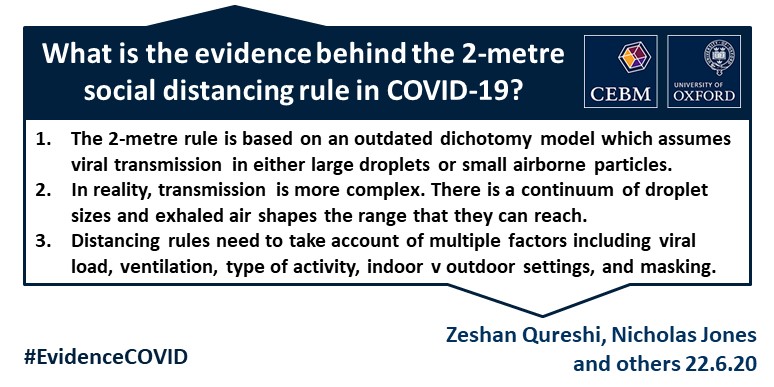Estimating population immunity without serological testing 23 Apr, 2020 | Pre-Peer Review / Pre-Print Andrew Lesniewski
Abstract We propose an approximate methodology for estimating the overall level of immunity against COVID-19 in a population that has been affected by the recent epidemic. The methodology relies on the currently available mortality data and utilizes the properties of the SIR model. We illustrate the application of the method by estimating the recent levels of immunity in 10 US states with highest case numbers of COVID-19.


 VERDICT
VERDICT
貼吧活動:(請查閱 SARS-CoV-2 Timeline by 2020.02.21, by Nathan :cloud: )
✧【外聞貼報】@theagora ✧【微信截圖】@lavieti ✧【學術前哨】medRxiv • bioRxiv • The Lancet
✧【社區討論】 https://agora-republic.slack.com ➡️ #covid-19 | ~邀請鏈接~